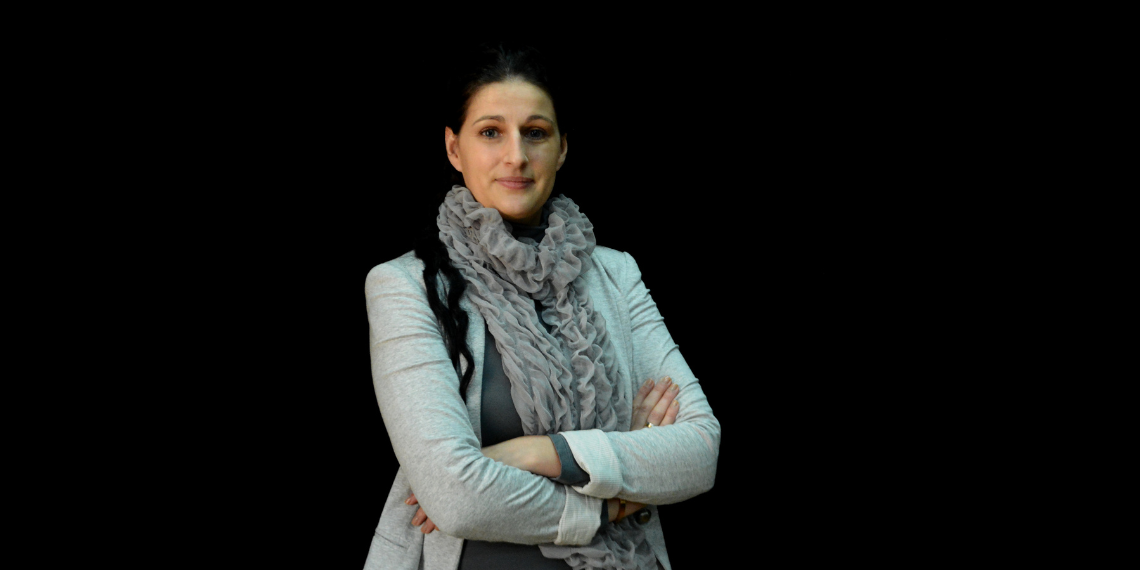By Tânia Rocha, Area Manager at the Centre for Human-Centered Computing and Information Science (HumanISE)
Inclusion, a word broadly used (and overused!) in different contexts. But what is inclusion? And how’s an inclusive society? How can technology ensure the inclusion of students?
Inclusion: a word widely used lately in various fields like architecture, engineering, computer science, education, psychology, and mainly in politics. Easily explained by differentiating three other concepts: Exclusion, Segregation and Integration. Allow me, then, to explain said concepts.
Demystifying the concepts of Inclusion, Exclusion, Segregation and Integration
Clearly, when talking about a case of exclusion, we refer to difficulties and social issues that lead to the isolation of a certain group of people. The values and rights of excluded individuals are no longer acknowledged.
The concept of segregation indicates acknowledging people or social groups with problems; however, they are separated from the others, without any interaction, even set aside.
Regarding integration, people with difficulties and social problems are recognised, with the creation of conditions for their participation in the same activities as the others. However, they continue to be characterised as isolated groups.
Inclusion determines a non-discriminatory society, open to coexistence between people. An inclusive society must promote the realisation of people’s rights, needs and potential. The goal is to ensure access to spaces, products or services for autonomous people with disabilities. In short, an inclusive society does not distance people, it brings together all citizens regardless of their skills, abilities, and conditions.
Nevertheless, such a word appears in the most diverse contexts. And according to the popular saying “actions speak louder than words”; it’s crucial to ensure the applicability of human rights laws.
Inclusion and digital… wouldn’t school be easier?
In the specific case of academia – and since the new school year is starting -, it is increasingly important to acknowledge how technologies can effectively ensure the inclusion of students.
Hence, inclusion moves into the digital dimension. However, there are still many barriers to its adoption by the school community. There are several testimonies about professionals’ resistance to the use of technologies. Specifically, the use of tools like computers, tablets or mobile phones in the classroom, for pedagogical reasons; or even the professionals’ inadequate training on interacting with/using said tools to support learning.
And when we talk about students with special educational needs, the obstacles increase significantly: lack of knowledge of the various capacities; non-adaptation of curricula; lack of empathy; the insufficient motivation to use and the lack of access to tools/technologies are recurring arguments.
Through the analysis of the literature and the guidelines on inclusive schools, teachers, and other professionals in the sphere of digital inclusion, have strategies and methodologies at their disposal, and they can use technologies to support learning in the classrooms. But it appears they’re not being applied effectively. What will it take to move towards a more inclusive academia? What boost is missing to put theory into practice? Additional training? More accessible content adaptation and creation tools? More motivated professionals?
All this and much, much more…. The concept of inclusive school is a reality, but there’s still a long way to go until its effective operationalisation. We are optimistic, but we need to move forward!




 News, current topics, curiosities and so much more about INESC TEC and its community!
News, current topics, curiosities and so much more about INESC TEC and its community!